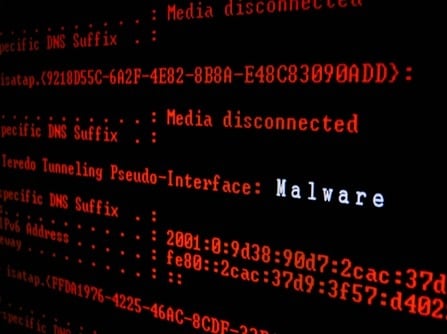This question arises amidst the constant battle against threats posed by malware. By tricking the malware into identifying the environment improperly, security professionals could outsmart self-termination mechanisms utilized by certain strains. This article explores this concept and examines the potential and challenges of manipulating malware into thinking it operates within a virtual machine (VM).
Malware employs complex and sophisticated techniques to detect virtualized environments. Various aspects of host systems are scrutinized, such as hardware information, registry keys, installed software, or the presence of virtualization-specific processes. Behavioral analysis is also performed to determine telltale signs of virtualization, like limited resources or restricted access to specific components.
Experts suggest different approaches for tricking malware. One option is creating a nested VM environment where professionals run production systems inside another VM that masks underlying hardware and software configurations. However, this approach might face complexities, performance overheads, and compatibility issues. Another strategy involves simulating typical indicators found in virtualized environments, such as modifying system parameters through renaming services or processes that resemble those commonly associated with virtualization software while also emulating virtual hardware components or altering network configurations—albeit being detected by some advanced malware detection techniques.
Alternatively, advanced security researchers may opt for reverse engineering to understand a specific VM detection mechanism employed by malware before patching its code to bypass detection mechanisms altogether. To bypass VM-based malware checks, code analysis could be leveraged to identify a comparison instruction or corresponding function—thereby bypassing the check completely—although understanding advanced reverse engineering and Malware Analysis techniques is necessary for these types of tests.
However, deploying effective deception strategies isn't always guaranteed, since cybercriminals often introduce new tactics and methods intent on breaking organizational defenses. In addition, their approach might involve multiple detection vectors at once, leading only to further challenges in practicing effective security responses. Moreover, certain strains of hostile code are specifically programmed to terminate themselves if they realize that they exist within virtualized or sandboxed environments, further enhancing levels of complexity when encountering malware as it increases potential vulnerabilities within the organizational infrastructure.
Therefore, it's crucial to first undertake coordinated testing efforts before resorting to implementation insofar as taking a measured approach counters potential adverse outcomes associated with ineffective detection methods. While bypassing VM-based malware layer checks through these strategies presents some opportunity for improved response time against attacks, it has certain limitations which need factoring into strategic considerations.
Subsequently, other complementary approaches should not be overlooked, including but not limited to endpoint protection solutions with robust sandbox protocols, frequently patching existing systems whenever possible while keeping attackers on the back foot, identifying select defense-rich opportunities wherever practicable to serve toward robust safeguard protocols successfully minimizing risk factors involved with malware security incidents





